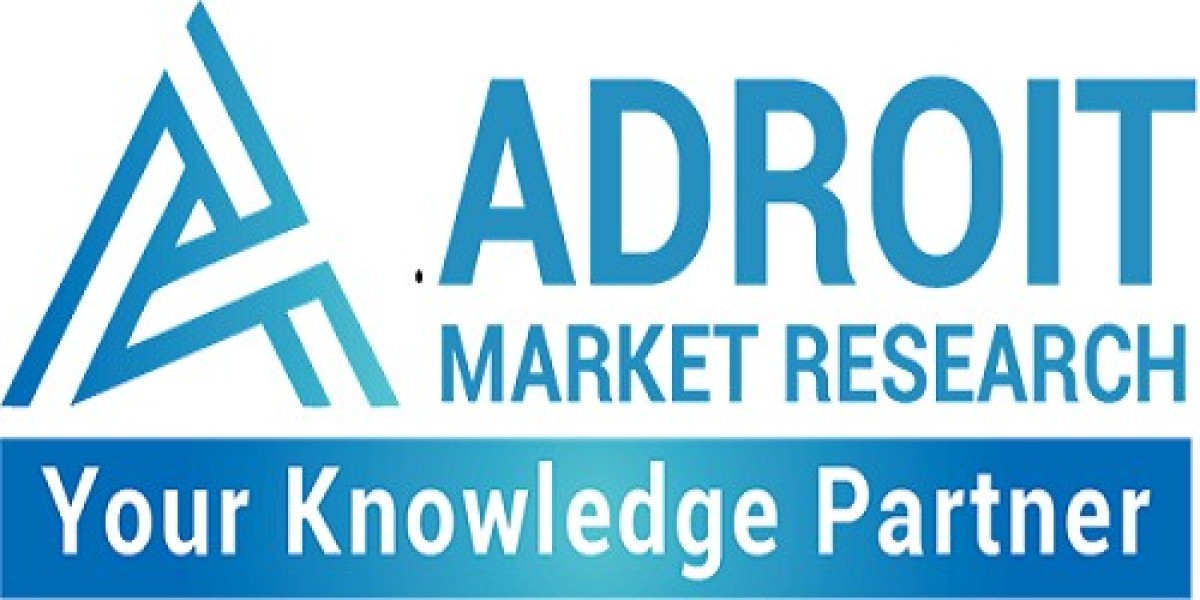In the ever-evolving landscape of healthcare, the efficient exchange of information is paramount. Enter HL7, the gold standard for interoperability in healthcare systems. Whether you're a seasoned healthcare professional or someone delving into the intricacies of medical informatics, understanding HL7 is crucial. This guide aims to demystify HL7, exploring its significance, components, implementation, and future prospects.
What is HL7?
HL7, or Health Level Seven, is a set of international standards for the transfer of clinical and administrative data between software applications in healthcare settings. It facilitates seamless communication between different systems, ensuring that crucial patient information flows securely and efficiently.
The Significance of HL7 in Healthcare
Enhancing Interoperability
In today's digitized healthcare landscape, interoperability is key. hl7 healthcare promotes interoperability by standardizing the format, structure, and semantics of healthcare data exchange. This standardization allows disparate systems to communicate effectively, regardless of vendor or platform, leading to improved coordination of care and better patient outcomes.
Streamlining Workflows
By enabling the seamless exchange of data, HL7 streamlines workflows across healthcare settings. From electronic health records (EHRs) and laboratory systems to billing and scheduling applications, HL7 ensures that information flows smoothly, reducing manual data entry and minimizing errors.
Facilitating Innovation
HL7's standardized approach to data exchange fosters innovation in healthcare technology. Developers can create interoperable applications that seamlessly integrate with existing systems, allowing for the development of novel solutions to address emerging challenges in healthcare delivery.
Components of HL7
HL7 Messages
At the core of HL7 are messages, which serve as the fundamental units of data exchange. These messages contain structured information about patients, encounters, observations, and other clinical and administrative entities. HL7 messages adhere to a predefined format, facilitating consistency and interoperability.
HL7 Standards
HL7 standards define the rules and guidelines for data exchange within healthcare systems. The most widely used standards include HL7 Version 2.x, HL7 Version 3, and HL7 Fast Healthcare Interoperability Resources (FHIR). Each standard addresses specific requirements and use cases, catering to the diverse needs of the healthcare industry.
HL7 Interfaces
HL7 interfaces act as the conduits through which data is exchanged between systems. These interfaces translate data into HL7-compliant formats for transmission and reception, ensuring compatibility and adherence to standards. Implementing robust HL7 interfaces is essential for seamless interoperability between disparate healthcare applications.
Implementation of HL7
Integration Engines
Integration engines play a crucial role in implementing HL7 within healthcare organizations. These software platforms facilitate the mapping, transformation, and routing of HL7 messages between different systems. Integration engines streamline the integration process, enabling organizations to achieve seamless interoperability without extensive custom development.
EHR Integration
Integrating HL7 with electronic health record (EHR) systems is a common use case in healthcare settings. By leveraging HL7 standards, EHR integration enables the exchange of patient demographics, clinical notes, lab results, and other vital information between disparate systems. This interoperability enhances care coordination and ensures that clinicians have access to comprehensive patient data.
Future Prospects of HL7
As healthcare continues to evolve, HL7 remains at the forefront of interoperability standards. The emergence of HL7 FHIR promises to revolutionize data exchange by leveraging modern web technologies and RESTful APIs. FHIR's flexibility and scalability make it well-suited for the evolving healthcare landscape, paving the way for enhanced interoperability and innovation.
Conclusion
In conclusion, HL7 plays a pivotal role in modern healthcare by promoting interoperability, streamlining workflows, and facilitating innovation. By standardizing data exchange and fostering seamless integration between systems, HL7 empowers healthcare organizations to deliver high-quality, patient-centered care. As we look to the future, HL7's continued evolution, coupled with emerging technologies like FHIR, holds promise for further advancements in healthcare interoperability and delivery.



